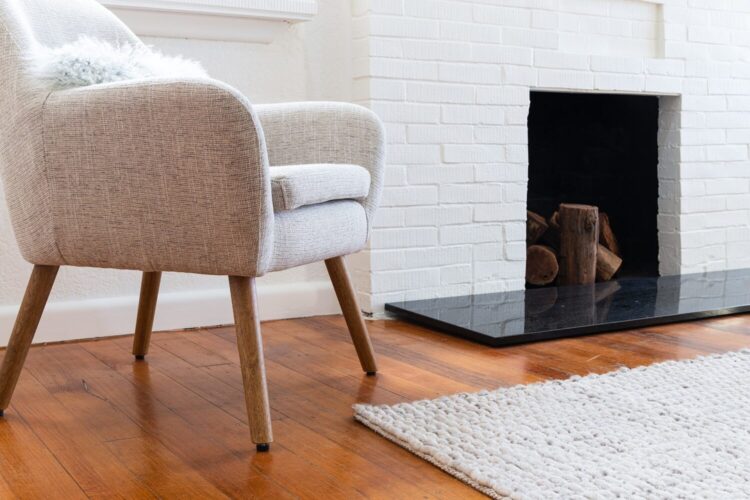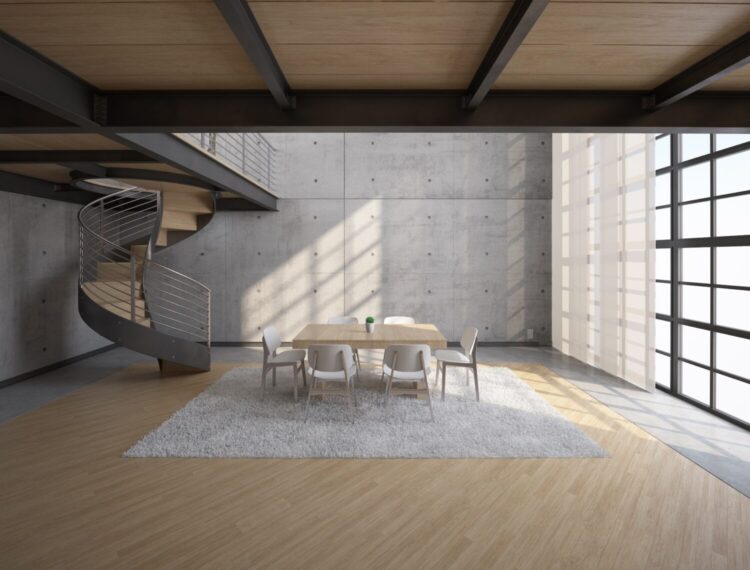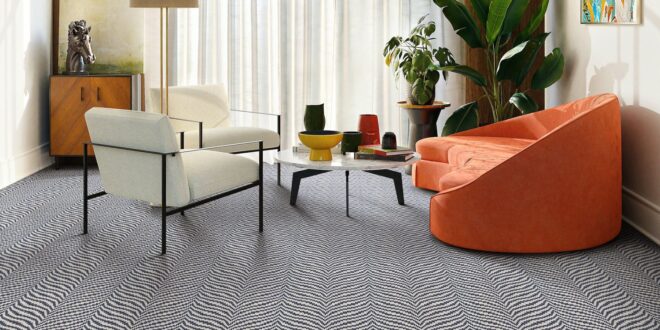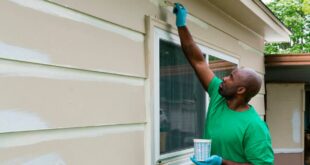Every winter, as temperatures plummet, homeowners find themselves grappling with the challenge of keeping their living spaces warm and inviting. The importance of flooring in this context cannot be overstated.
Among various flooring options, carpet flooring emerges not just as a luxury for our feet, but as a scientifically-backed champion against the cold. Beyond immediate comfort, its implications stretch to energy conservation and cost savings.
Thermal Insulation ─ The Science Behind Carpet Warmth

Air Trapping
As per the detailed research from the Carpet Institute, carpets are exceptional thermal barriers. The manner in which they’re constructed enables them to confine a substantial amount of air within their fibres. This trapped air, in essence, forms a barrier which slows down the rate of heat transfer. The Carpet Institute suggests that depending on the type and thickness of a carpet flooring, it can trap an equivalent of several litres of air per square metre, greatly augmenting its insulation qualities.
Room Temperature Dynamics
There’s an interesting observational phenomenon regarding carpeted rooms. A room with carpeting can actually be 2 degrees Celsius warmer than a room with hard flooring. Over an entire winter, this temperature differential can lead to significant savings. For instance, if a homeowner typically runs their heating for 8 hours a day, the added warmth from flooring could reduce this by nearly an hour a day. Over the span of a month, this would equate to 30 hours of heating saved, a non-trivial amount when considering energy bills.
Underlay’s Critical Role
The underlay, which often goes unnoticed, plays a huge role in improving the thermal insulation properties of the floor. Far from being just an additional layer, a high-quality underlay paired with a good carpet can boost the insulation so significantly that it could replicate the effect of turning up your thermostat by a couple of degrees. This symbiotic relationship between the carpet and its underlay can add an R-value enhancement of up to 2, making it a formidable defence against winter’s bite. Given that R-value is a measure of thermal resistance, this enhancement is particularly noteworthy for those living in colder climes.
The Role of Carpet in Energy Efficiency

In a world that’s evermore conscious of sustainability and conservation, the significance of carpets in energy efficiency gains prominence:
Countering Heat Loss
The challenge posed by cold floors is more than just a comfort issue. They can silently bleed energy. Uninsulated floors in many homes can be responsible for up to 10% of the home’s total heat loss. When seen in tandem with rising energy costs, this percentage becomes economically significant. Carpets, with their inherent insulation properties, can dramatically reduce this figure, thereby preserving warmth for longer intervals.
Financial Implications
Over the span of a single winter, the energy savings from carpeted floors can translate to substantial monetary savings. If we consider that the average monthly heating bill for a UK home during winter is roughly $120, even a 5% saving through better insulation can mean saving up to $6 a month, which amounts to $73 over a year. And this is a conservative estimate.
Ecological Reverberations
Reduced energy consumption not only saves money but also leads to decreased carbon emissions. As we battle global challenges like climate change, every reduction in carbon output counts. Carpet flooring, in its quiet way, helps households reduce their environmental impact, fostering a more sustainable future.
Advantages Over Other Flooring Types

While the allure of polished wooden floors or sleek tiles is undeniable, carpeting has unique benefits, especially in winter:
Immediate Warmth
Nothing quite compares to the shock of a cold tile on a winter morning. In contrast, carpeting insulates against such cold shocks, providing consistent warmth irrespective of external temperatures. They can be up to 7 degrees warmer than hard floors, an immediate relief during chilly days.
Safety First
Condensation and resultant dampness are more frequent occurrences in homes with hard floors. Such dampness, particularly in areas like entrances or near windows, can be a hazard, leading to potential slips. Carpeted floor coverings naturally absorb and drain moisture, significantly reducing risks and providing a safer living environment.
Acoustic Comfort
One often overlooked benefit of carpets is their sound-absorbing capability. In spaces with hard floors, sound tends to bounce, leading to echoes and amplified noises. A carpeted floor can reduce noise levels by up to 20 decibels, which is a significant reduction for a home with a quiet atmosphere.
Aesthetic and Functional Versatility
The modern carpet industry has evolved tremendously. With advances in manufacturing and design, there are now coverings to fit any aesthetic preference, be it minimalist, opulent, modern, or traditional. Furthermore, with varying piles and textures, homeowners can select coverings tailored for specific needs, be it high footfall areas or spaces requiring plush luxury.
Practical Tips for Maximizing the Thermal Benefits of Carpets

Optimizing carpet flooring for winter requires a combination of careful selection and maintenance:
The Right Underlay
An often-overlooked component, the underlay is the unsung hero beneath your flooring. Its significance in heat insulation is paramount. Materials such as polyurethane foam and rubber are especially known for their insulation capabilities. An underlay with a high tog rating, which is a measure of thermal resistance, offers superior warmth. While thicker underlays might seem like an added expense, their cushioning effect and enhanced insulation mean that the return on investment, in terms of energy savings, can be recouped in just a few winter seasons.
Regular Upkeep
The insulating power of the flooring diminishes as dirt accumulates and wear and tear occurs. Vacuuming at least once a week, especially focusing on high-traffic areas, prevents dirt from embedding deep into the carpet fibres. Additionally, an annual deep cleaning session by professionals not only ensures hygiene but also restores the carpet’s fluffiness, essential for maintaining its insulation properties. This thorough cleaning can significantly extend the life of the floor covering and its insulating properties.
Strategic Layering
For those particularly cold spots in a home, layering offers a solution. Adding wool or thick cotton rugs over carpets can significantly boost the floor’s warmth. Areas like entrances, windows, or sections where carpeting meets tiles can particularly benefit from this added layer, making a discernible difference in the room’s temperature.
Guard Against Drafts
Even the best-insulated carpet can fail to provide warmth if the room is plagued by drafts. Simple additions like draft stoppers at the bottoms of doors can dramatically reduce cold air intrusion. Additionally, heavy or thermal curtains can play a dual role – they add to the room’s aesthetics while decreasing heat loss through windows by a substantial margin. Lastly, ensuring that any gaps in the floorboards or skirting are sealed prevents cold drafts, helping maintain the consistent warmth that the carpet provides.
Final Thoughts
Carpeted floor coverings, once seen merely as decorative flourishes, have proven their mettle as indispensable allies in the fight against winter cold. Their thermal benefits, combined with their contribution to energy efficiency, elevate them from being mere floor coverings to essential winter companions. As we brace for the cold, the warmth underfoot reminds us of the silent work our carpets do, making each winter day a tad more comfortable.
 Hi Boox Popular Magazine 2024
Hi Boox Popular Magazine 2024



